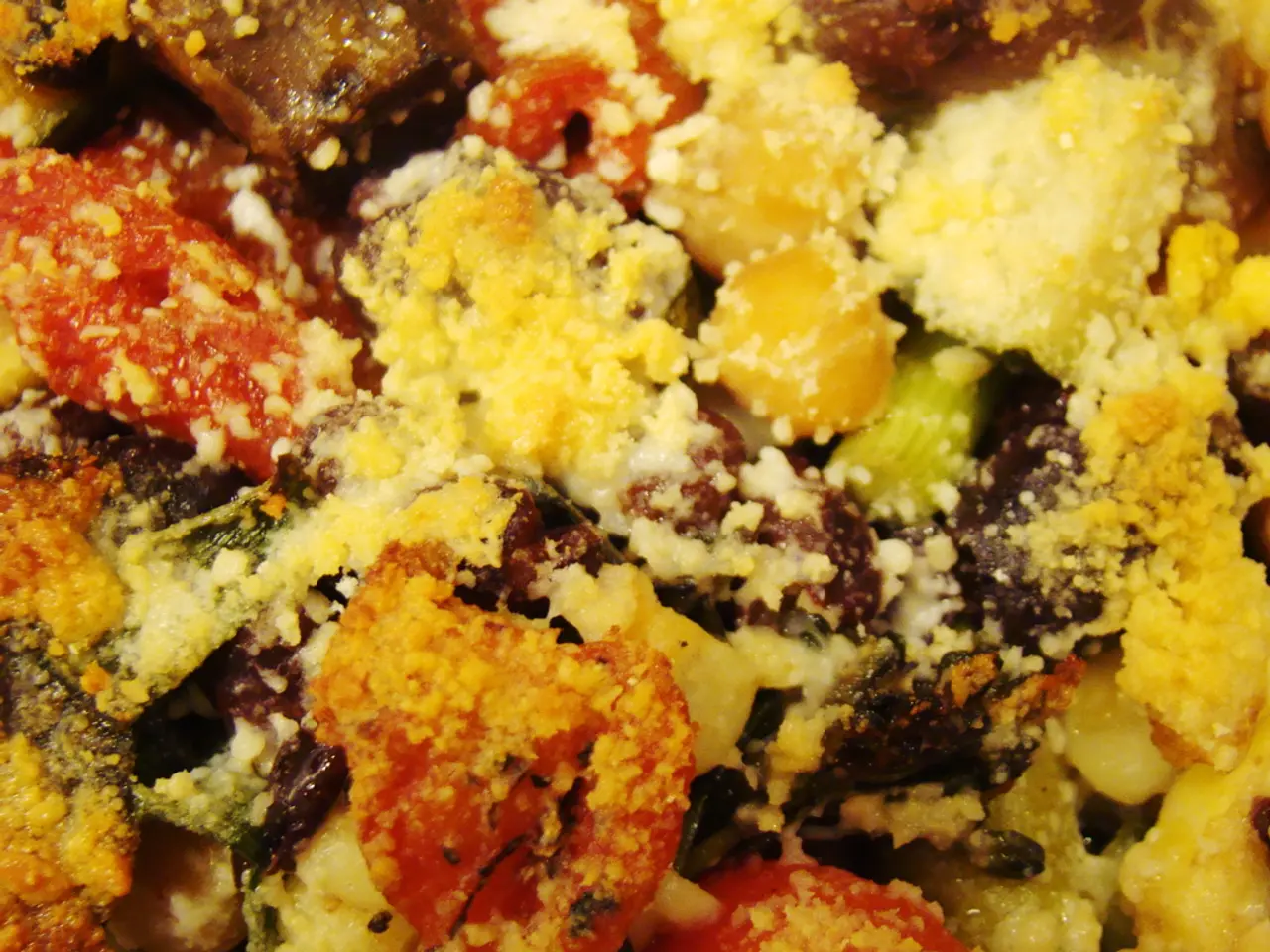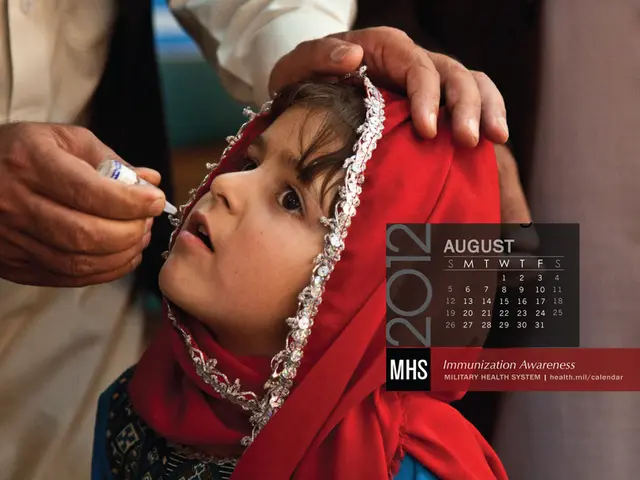Food Insecurity Explained: A Guide to Nourishment in Food Barren Regions Alongside Strategies for Healthier Lifestyle within Food-Scarce Areas
Living in a food desert or food swamp, areas characterized by limited access to fresh, nutritious food or an abundance of unhealthy food options, can have significant negative impacts on health. These environments often force residents to rely on cheaper, calorie-dense but nutrient-poor foods, leading to higher rates of obesity, diabetes, and cardiovascular disease.
Dr. Lee Kirksey, a vascular surgeon and community health advocate, emphasizes that food security is more than just people not having access to food; it's also about the different barriers to accessing healthy, nutrient-rich foods. He encourages better nutrition education at the K-to-12 levels and healthy food subsidies for those in need at the macro-level.
The U.S. Department of Agriculture defines food insecurity as "the limited or uncertain availability of nutritionally adequate and safe foods, or limited or uncertain ability to acquire acceptable foods in socially acceptable ways." Living with food insecurity can increase the risk of developing chronic conditions such as obesity, hypertension, cancer, cardiovascular disease, heart attack, stroke, chronic kidney disease, and diabetes, despite having enough food to eat.
To help combat these challenges, Dr. Kirksey offers practical tips for improving diet when healthy food access is limited. Prioritizing nutrition with available resources is key, focusing on buying the healthiest option available, even if it's limited. Utilizing community resources such as local farmers' markets, food co-ops, or community gardens can offer fresher produce. Planning meals and shopping smart by buying in bulk, choosing frozen or canned fruits and vegetables without added sugars or salt, can be nutritious and affordable options.
For those with limited outdoor space, starting a container garden can increase access to fresh produce. Self-education on nutrition is also crucial, using free or low-cost resources to learn about healthy eating, meal preparation, and food storage. Advocating for change by engaging with community programs or policies aimed at increasing healthy food options locally can also help mitigate the challenges of living in food deserts or swamps.
In food deserts, people often have to rely on corner stores, convenience stores, and gas stations for their groceries, making it challenging to get nutrient-rich foods. In a food swamp, convenience over quality becomes the norm, with local produce outnumbered by "cheap and convenient" foods loaded with processed sugars and preservatives. Dr. Kirksey advises cutting out sugary drinks, such as juices and soda, to improve health and reduce the risk of diabetes. He suggests aiming for between 48 to 60 ounces of water each day.
Community programs are helping to bring healthier foods to residents, such as farmers markets, community gardens, community-supported agriculture programs, food pantries, and healthcare system programs teaching healthier eating habits and food preparation. These initiatives can help support better health outcomes despite limited access.
References: [1] U.S. Department of Agriculture. (2021). Food Access Research Atlas. Retrieved from https://www.ers.usda.gov/data-products/food-access-research-atlas/ [2] Centers for Disease Control and Prevention. (2021). Food Insecurity and Health. Retrieved from https://www.cdc.gov/nutrition/infantandtoddlernutrition/food-security.html [5] Food Research & Action Center. (2021). Map the Meal Gap. Retrieved from https://frac.org/mapthemealgap/2021/
- Dr. Kirksey highlights the importance of addressing food security by advocating for nutrition education at K-12 levels and providing healthy food subsidies to those in need.
- The limited availability of nutritious food in food deserts increases the risk of chronic health conditions, such as obesity and diabetes, even when enough food is available.
- Prioritizing nutrition with available resources, utilizing community resources for fresh produce, and planning meals and smart shopping are practical tips to improve diet in food deserts.
- For personal growth and better health outcomes, self-education on nutrition, meal preparation, and food storage is crucial.
- Cutting out sugary drinks and aiming for water consumption of between 48 to 60 ounces daily can contribute to improved health and a reduced risk of diabetes.
- Community programs such as farmers markets, community gardens, and healthcare system programs teaching healthier eating habits can help bring healthier foods to residents living in food deserts.
- Food swamps, characterized by an abundance of unhealthy food options, often lead to a preference for convenience over quality, increasing the risk of obesity, diabetes, and cardiovascular disease.
- Engaging with community programs or policies aimed at increasing healthy food options locally can help mitigate the challenges of living in food deserts or swamps, promoting mental health, fitness-and-exercise, and overall well-being.




